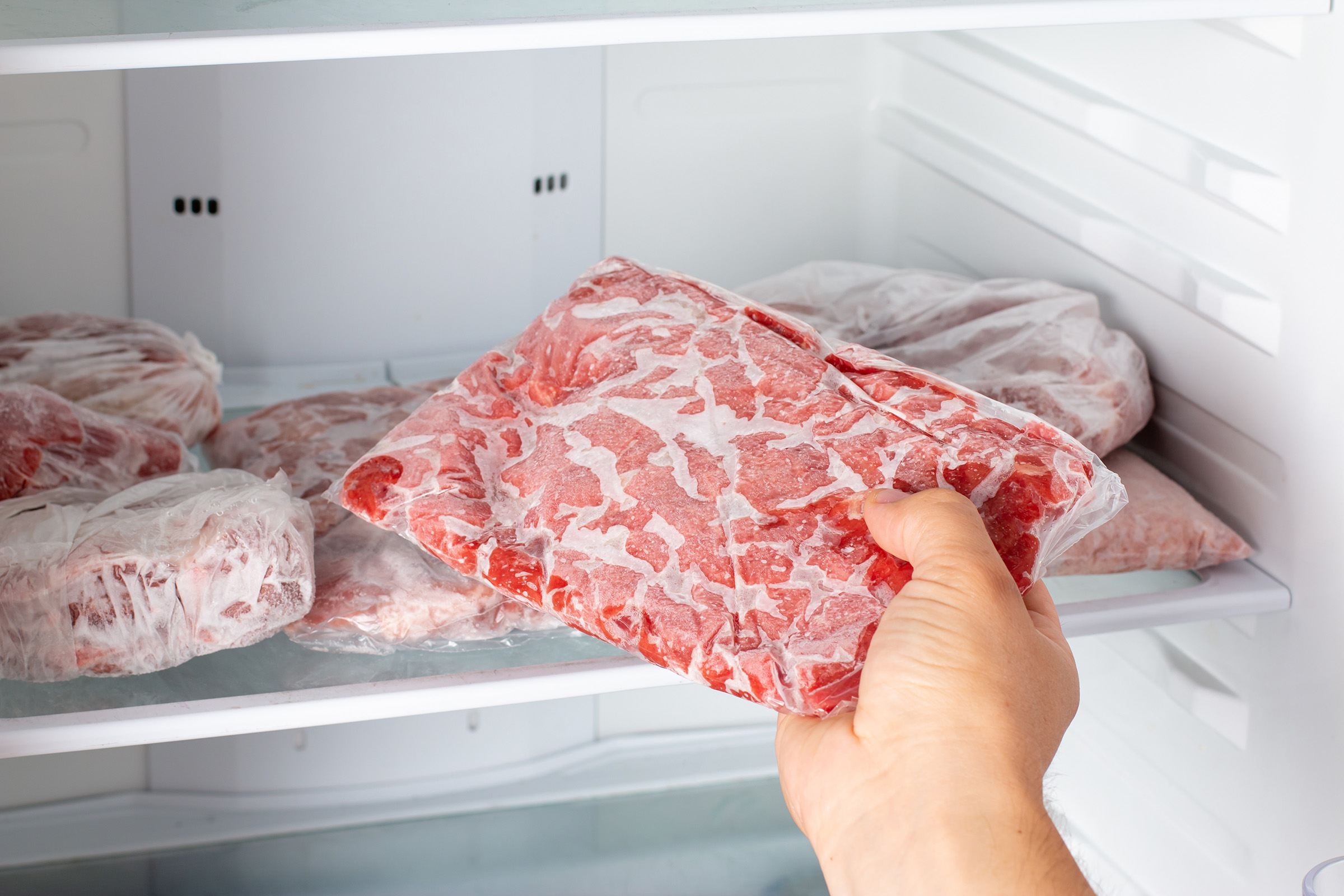Freezing Foods Can Help Reduce Food Waste and Cost
Thursday, May 1, 2025
With the cost of groceries continuing to rise, many people are looking for ways keep their food budget in check. There’s one kitchen appliance that can help consumers fight this battle – the freezer.
The freezer can be used to extend the life of many foods, said Christi Evans, Oklahoma State University Extension assistant food safety specialist.
“Because groceries are consuming a bigger portion of most people’s budgets, cutting down on food waste and taking advantage of sales is important,” Evans said. “You might be surprised at some of the foods you can freeze.”
Small households may have trouble using a gallon of milk or a whole loaf of bread before they go bad. Milk can be frozen in freezer-safe plastic or glass containers but remember to leave space at the top of the container for expansion. Place bread in a freezer-safe bag and press out the excess air before freezing.
Eggs are still expensive, and no one wants them to go to waste. To freeze eggs, crack and mix the yolks and whites. Put 3 tablespoons into each compartment of a clean ice tray and freeze. Once frozen, store the cubes in a sealed freezer bag or container. Each cube is equal to one whole egg.
Fresh fruit can be frozen before it overripens. First, wash the fruit, then remove seeds, cores and pits. Chop or slice the fruit and put it in a freezer-safe bag. Adding a little lemon juice can help prevent the fruit from darkening. Squeeze out excess air.
“You might come across a great deal on fresh vegetables at the grocery store or farmers market. Most vegetables can be frozen but should be blanched for a few minutes first,” she said. “Some vegetables, such as lettuce, celery and cucumbers don’t freeze well.”
Check out the National Center for Home Food Preservation at the University of Georgia for blanching times.
Evans said to check grocery store sale ads for deals on meat. Large packages of meat are usually cheaper per pound than smaller packs.
“Meat can be frozen raw or cooked. Divide the larger package into smaller portions before freezing,” she said. “Also, label all frozen food packages with what is in the package. If possible, keep the original label because that information can be useful in the event of a recall.”
When preparing foods for the freezer, ensure the freezer is set at 0 degrees Fahrenheit or below to help maintain food quality and prevent bacterial growth. Also, use airtight, moisture- and vapor-resistant packaging to prevent air exposure, which can lead to freezer burn and off-flavors. Label the packages with the date of freezing. This will help ensure consumers use older foods first.
“We spend a lot of money on food. Proper storage helps food maintain its quality and reduce waste,” she said.

